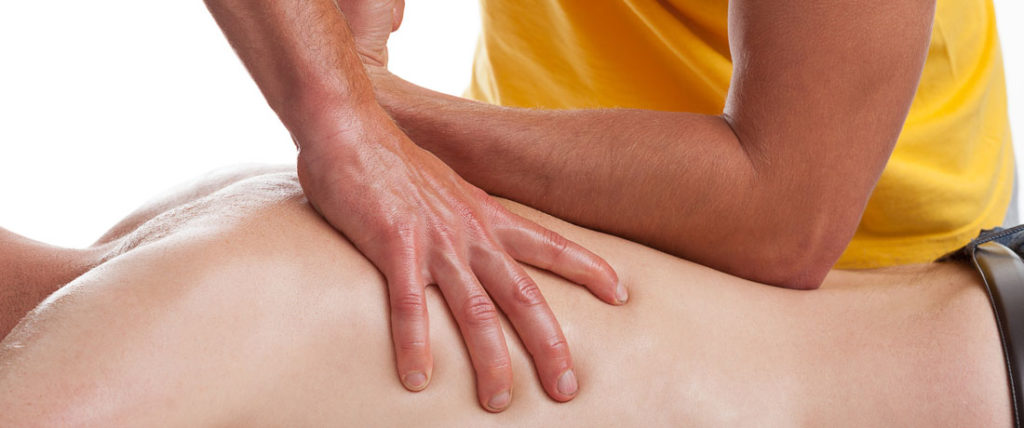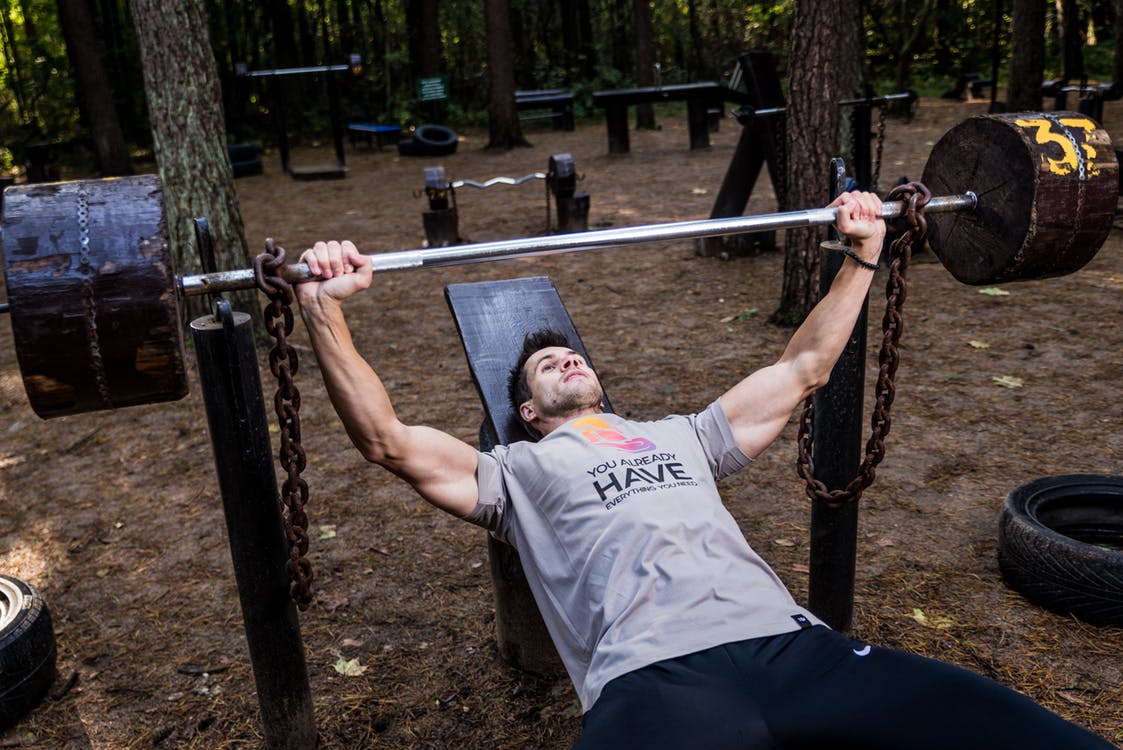nalco group
bone, muscle & joint pain physio
BOOK NOW / WHATSAPP ABOUT YOUR PAIN OR INJURY
- NOVENA 10 Sinaran Drive, Novena Medical Center #10-09, Singapore 307506
- TAMPINES 9 Tampines Grande #01-20 Singapore 528735
- SERANGOON 265 Serangoon Central Drive #04-269 Singapore 550265
Home > Blog > Physiotherapy & Hand Therapy > Conditions > Shoulder Pain / Elbow Pain > Triceps Tendinopathy Or Rupture Elbow Pain Physiotherapy
Triceps Tendinopathy Or Rupture Elbow Pain Physiotherapy

Triceps is a large muscle on the back of the arm that helps keep the shoulder joint in place and is primarily responsible for the ability to straighten the elbow and the arm.
Our triceps muscle has three heads, hence the name tri-ceps (tri = three). The three heads are connected together to form a tendon that attaches the muscle to the elbow.
Triceps tendon ruptures (also known as a tear or avulsion) aren’t as common and they basically involve any damage or injury at the elbow attachment site. Moreover, they’re known to affect more men as opposed to women.
In this articlepost, we’ll take a look at triceps tendon injury in details, discuss some of its causes and symptoms, and go over a few treatment options that can help repair the triceps tendon.
first of all, What Causes Triceps Tendon Rupture?
It’s worth noting that a triceps tendon injury is typically caused by trauma to the elbow, such as landing on your outstretched arm while trying to break your fall or suffering a direct blow to the elbow.
A torn triceps tendon essentially refers to the tearing away of the tendon that helps attach the triceps muscle that’s located along the back of the upper arm to the elbow.
Moreover, these ruptures are known to occur more frequently during a block in football where a sudden force is exerted on the elbow that causes it to bend while the triceps muscle contracts and tries to extend the arm.
If and when the force is too much for the muscle to withstand, the tendon ruptures.
This is a relatively rare injury that makes
up less than 1 percent of all upper limb tendon rupture which is why it’s quite
difficult to diagnose. Since it’s often misdiagnosed in the emergency
department, it may result in a significantly reduced range of motion.

In a complete tendon rupture, X-ray imaging can show signs of elbow fracture which may have been the primary cause of the triceps tendon tear.
Furthermore, an MRI scan also help diagnose partial triceps tendon tears.
It’s also important to mention that engaging in sports such as gymnastics and boxing or excessive weightlifting which usually involves overusing the elbow, can eventually lead to triceps tendon injuries if you’re not careful.
Common tricep pain Symptoms You May Notice
Patients who sustain a mild injury or rupture may experience the symptoms almost immediately or they may develop over time.
Generally, common symptoms of a mild to severe rupture, such as swelling and elbow pain, appear right away. Depending on the nature of the damage, these injuries may heal naturally or require surgical intervention.
In some cases, if they’re left untreated, these injuries can eventually result in increased elbow and triceps tendon pain as well as difficulty straightening the arm. Moreover, partial rupture can continue to worsen with time until they become complete tears.
A complete triceps tendon rupture can cause disability and weakness in your arm.
It goes without saying, patients with minor injuries may experience an ache while those with more serious injuries may experience severe pain that requires immediate treatment. Some other symptoms of a triceps tendon tear include:
- Sudden and sharp tearing sensation
- Swelling
- Muscle spasm around the affected area
- Aching that may increase while using the arm
- Weakness when the elbow is straightened against resistance
- Inability to extend the arm
Additionally, an athlete with a triceps tendon rupture may not only experience swelling in the affected area but also feel a strange tenderness to the touch where the tendon is attached to the back of the elbow.
Patients may also feel a space or defect where the tendon is located on the back of the elbow. A slight bulge in the back of the arm as well as some cramping of the retracted muscle are also found to be common symptoms of this condition.
Even though a triceps tendon injury is typically not a medical emergency, early diagnosis can significantly increase your chances of a full and speedy recovery. If you notice any of the symptoms we’ve listed above, get in touch with your healthcare provider to seek immediate treatment.
Who’s More at Risk of Sustaining a Triceps Tendon Injury?
Triceps tendon tears affect more men than women, almost to a 3:1 ratio.
However, most patients with a triceps tendon rupture usually don’t have any risk factors.
Some factors that may increase your risk of sustaining this injury are
- chronic illnesses,
like hyperparathyroidism and chronic renal failure and
- taking antibiotic ciprofloxacin
In addition to trauma as the leading cause of triceps tendon avulsion, this condition may occur suddenly or after surgical treatment for a previous injury at the same site.
Moreover, people who suffer from rheumatoid arthritis, lupus, and those who take anabolic steroids are also at a higher risk of developing a triceps tendon injury.
A few other risk factors that deserve a mention include:
- Chronic diseases, like kidney disease and diabetes
- Olecranon bursitis
- Steroid injections in the elbow (H&L or K&L steroid injections)
Let’s take a look at a few steps you can take to reduce your risk of sustaining a triceps tendon tear:
- Taking precautions to avoid falls that inflict damage to your elbow
- Doing warm up exercises before engaging in physical activities and sports
- Performing cross-training activities to prevent triceps overuse
- Strictly following your treatment plans for chronic illnesses
Stretching before a workout can help warm up your muscles and reduce you risk of suffering a triceps tendon injury.
It’s also advisable to make sure you’re performing all sports-related activities like weightlifting with the correct techniques by seeking help from a coach or trainer.
Remember to give your muscles some time to rest and recover between workouts in order to maintain your cardiovascular health (regular sports massage and deep tissue massage will help the muscle tendon which in turn will ease the tension on the tendons)

Conditions That Are Similar to Triceps Tendon Rupture
Differential diagnosis for triceps tendon avulsion may include:
- Elbow fracture
- Intramuscular rupture
- Triceps tendonitis
- Neurological radial nerve problems
- Elbow Joint dislocation
Triceps Tendinopathy Or Rupture Elbow Pain Physiotherapy Treatment
It’s advisable to get an MRI scan or ultrasound done to confirm the diagnosis as well as identify where the tear is located and determine the degree of retraction of the tendon. In the majority of cases, patients with a triceps tendon tear don’t experience reduced shoulder function but they often report a significant loss of elbow function.
Doctors recommend surgical treatment for triceps tendon repair for most patients to restore elbow strength and function. Non-operative treatment is generally considered for partial tendon tears.
Athletes who’ve sustained a complete triceps tendon tear need surgery if they wish to resume their sports activities.
Surgery typically involves an incision on the back of the elbow so the torn tendon can be reattached directly to the bone. It should be performed within four weeks of the injury to prevent further complications and prevent the symptoms from worsening.

If left misdiagnosed or neglected, the patient will experience difficulty lifting weights and performing pushups, weakness while extending the elbow (or straightening the arm), and they also may not be able to maintain a block in rugby or football.
Surgical treatment of a torn triceps tendon consists of using drill holes or bone anchors to reattach the tendon to the bone. After the surgery, the elbow is generally placed in a splint as a form of protection for around 1 to 2 weeks and then a removable brace is used for about 6 to 8 weeks to allow the elbow to bend.
Needless to say, surgery may also result in
complications such as
- re-rupture of the tendon
- joint stiffness
- muscle shortening
- elbow bursitis
- post-surgical infection
Remember to discuss all the risks and benefits with your doctor before considering a surgical procedure.
phoenix rehab hand therapy and Physiotherapy Treatment for Triceps Tendinopathy
Following surgical treatment, physical therapy is also usually recommended within 4 to 6 weeks which can help you make a full return to sports and other unrestricted activities within 4 to 6 months.
A graduated rehabilitation program is designed to help protect the repair while simultaneously allowing the patient to slowly rebuild their elbow and triceps tendon strength and eventually resume sports activities at prior level of performance.
The rehab program is typically divided into different phases over a couple of weeks or months where physiotherapists help the patient increase their range of movement in a brace. The level of intensity of exercises is gradually increased, from isometric extension to weight-resisted exercises to eventually progressing to throwing exercises and plyometrics.
Depending on the severity of your rupture, our senior hand therapists and physiotherapists will conduct thorough assessment tests and diagnostic procedures to identify the primary causes of your triceps tendon injury and plan the right course of treatment for you to help you heal and recover in little to no time.
You may expect a combination of
- manual therapy
- ultrasound therapy
- heat therapy and cold therapy
- gradual strengthening
- shockwave physiotherapy* (this one needs to be very gentle or mild, if allowed)
- and more
Furthermore, we will teach how to correct your techniques that could have increased your risk of sustaining the injury and help you rebuild your strength with stretching and strengthening exercises that promote natural healing.
